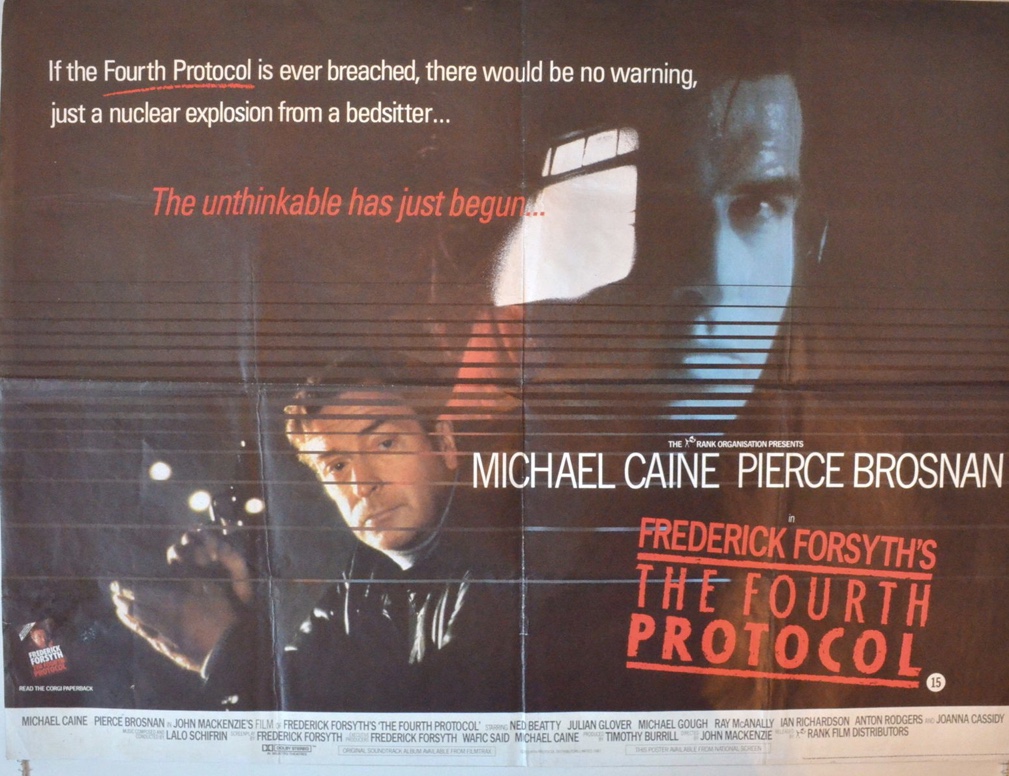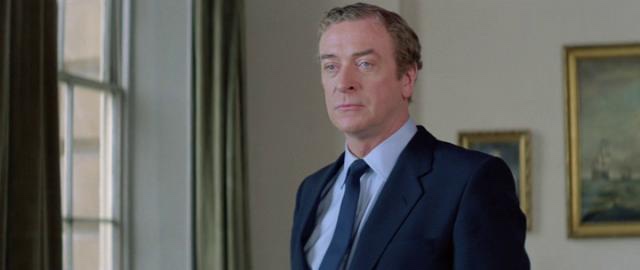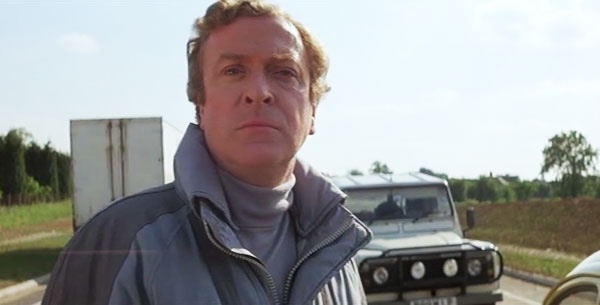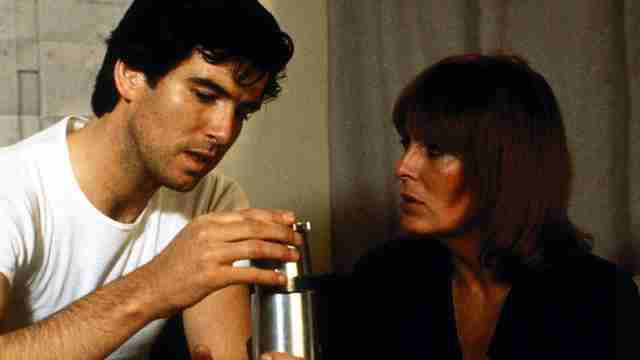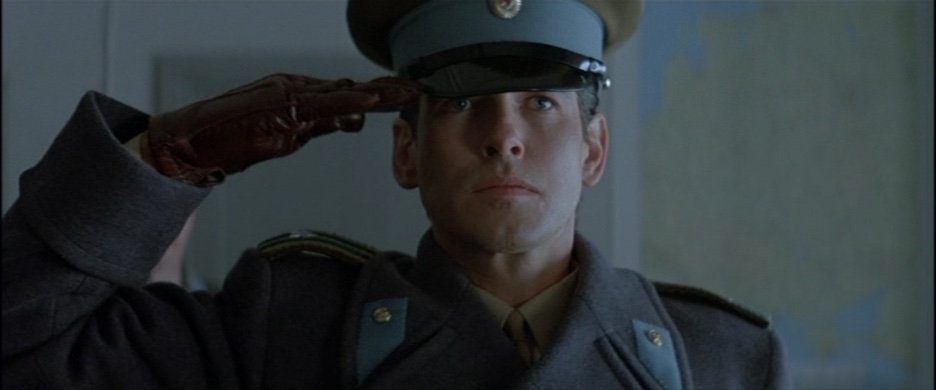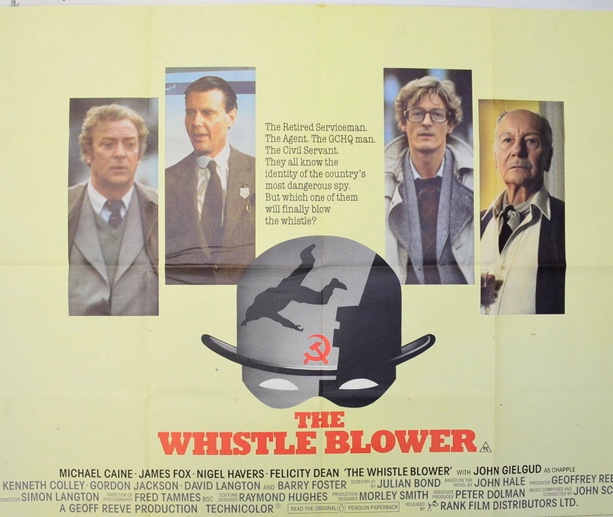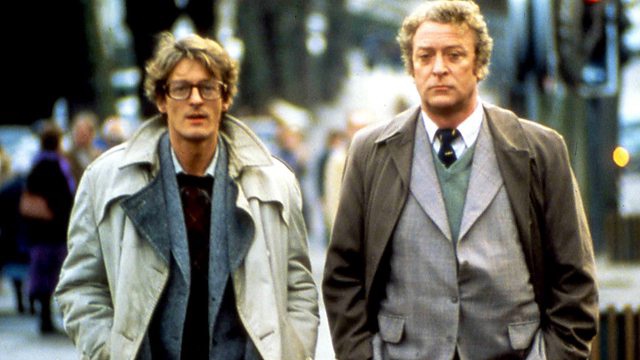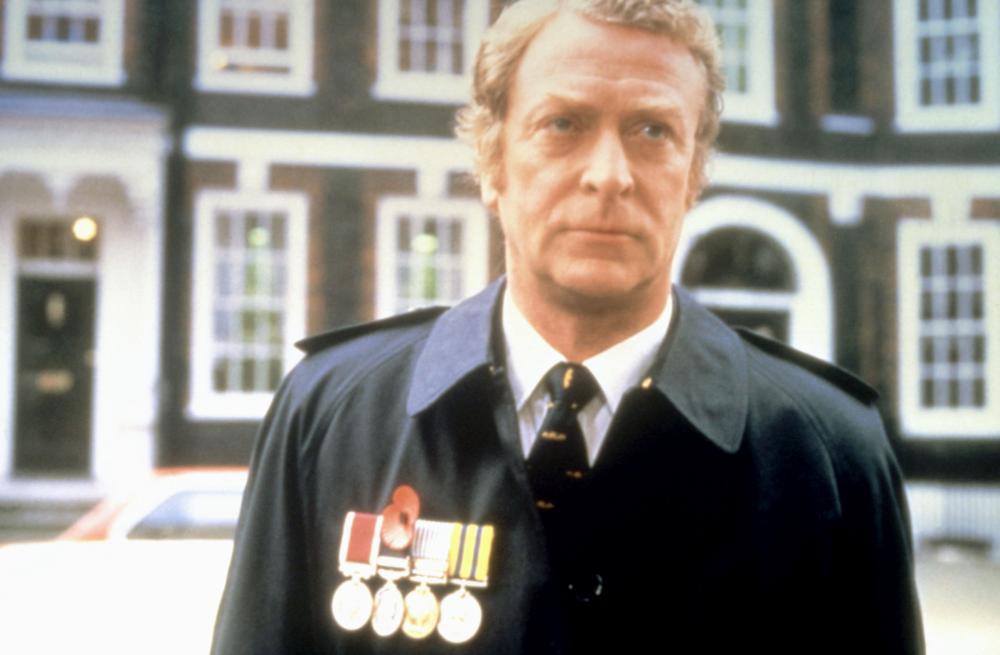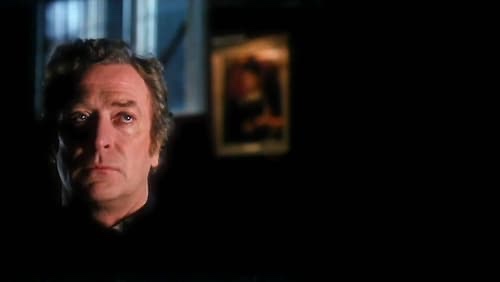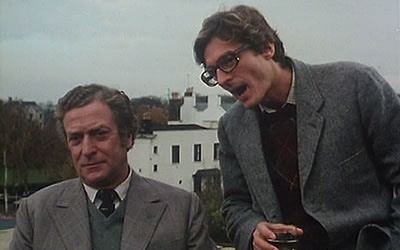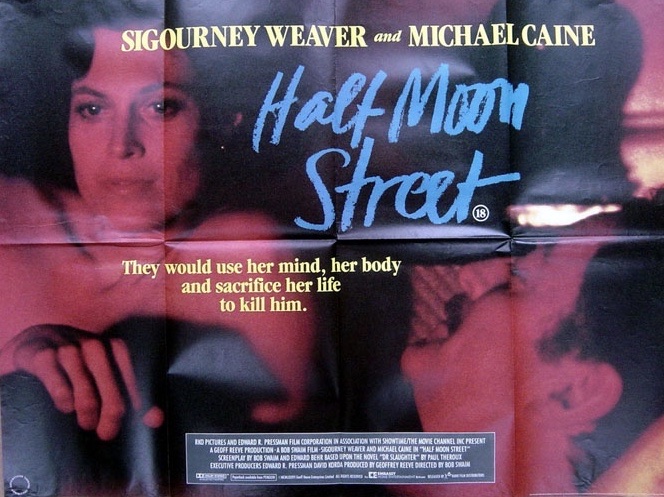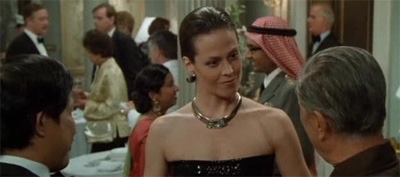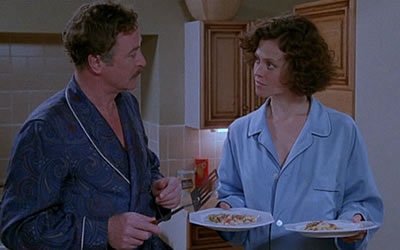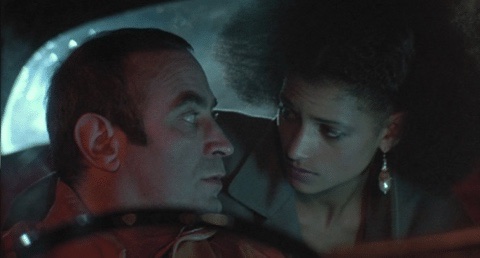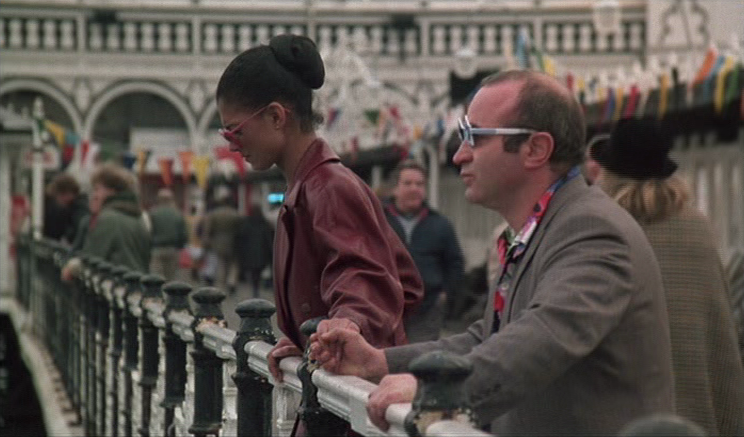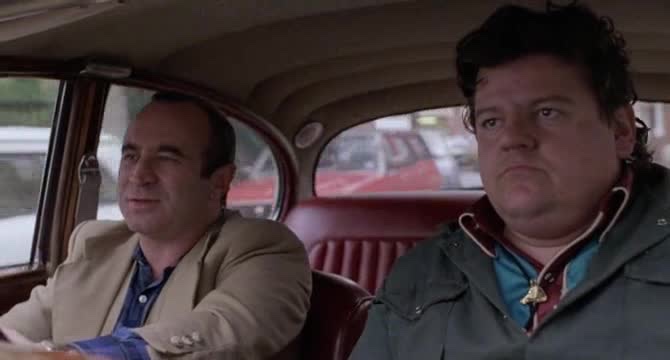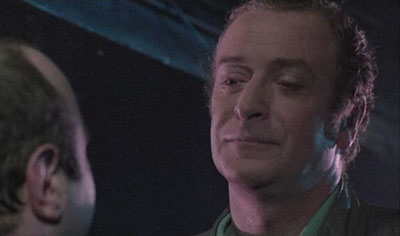“I need a couple of boats fast and someone who can kill a shark” Hoagie
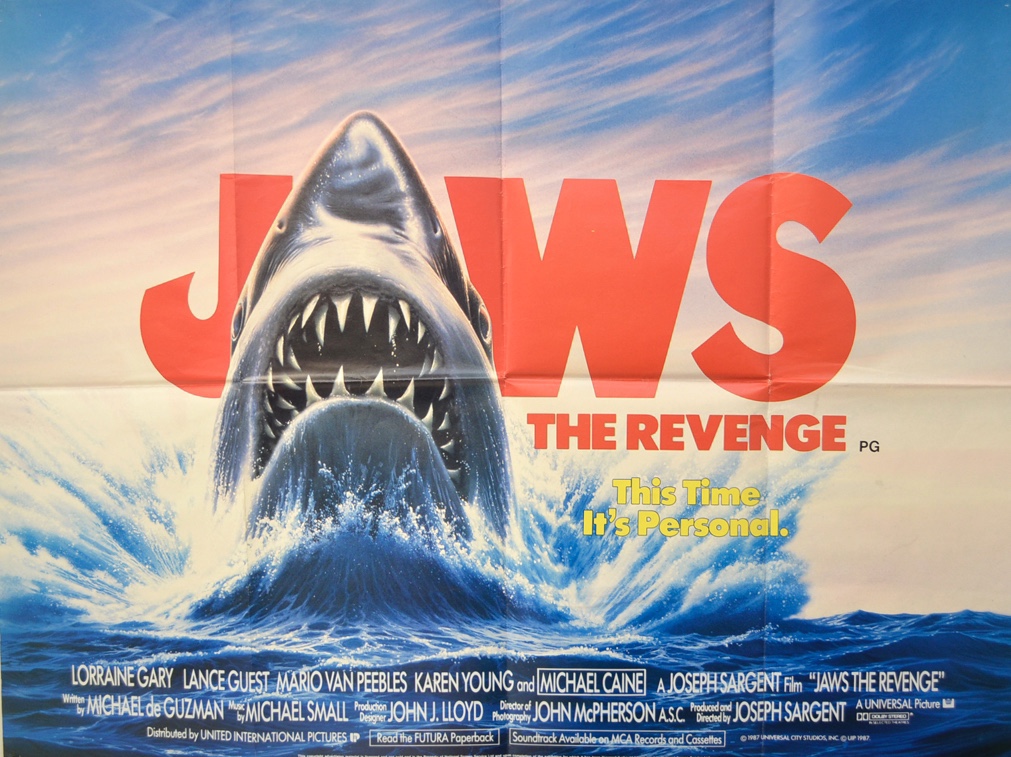
Following on from the events of Jaws and Jaws 2 (but pretty much writing Jaws 3D out of history) Jaws: The Revenge once again sees the Brody family having significant shark trouble. I normally start my blog posts with a brief synopsis of the plot, but frankly so utterly insane is the story here that it really warrants much closer attention. The fourth instalment in the Jaws franchise is infamous to such a degree that even those who have never actually seen it will have heard about it’s legendary awfulness. It has appeared in numerous lists of the worst films of all time, received seven nominations for the Golden Raspberry Awards and remains one of the few films to have a 0% rating on Rotten Tomatoes. Adding to the mythos surrounding the film is the fact that Caine was unable to collect his first Oscar due to a clash with filming his scenes, his famous quote “I have never seen it, but by all accounts it is terrible. However, I have seen the house that it built and it is terrific” and the many jokes that have stemmed from the film’s ‘this time it’s personal’ tag line including one seen in Back to the Future Part II.
All of which begs the question, can it really be THAT bad. The answer manages to simultaneously be yes and no. The plot, as hinted at already, is genuinely insane. We join the film as Ellen Brody, widow of Chief Brody from the first two films in the franchise, is preparing for Christmas with her son Sean (the film is actually very Christmassy in its first half, but skilfully avoids a Die Hard style ‘Christmas film or not’ debate by being so rubbish that nobody cares). It is again worth mentioning that while both Brody sons appear in Jaws 3D there is no mention of the events of that movie and both have entirely different lives so it is fair to say that it has been written out of history in the minds of the makers of The Revenge, although so tedious is that entry that it’s also just possible that they have forgotten about it. For this instalment Sean has followed in his father’s footsteps and is working as Deputy for the Amity Police Department. Every second of the opening scenes of the film are there just to emphasise what a great guy Sean is. We see him cooking with his mother before joining a phone conversation with his brother and niece. A Christmas shopping excursion with his mum and fiancé is cut short by his commitment to his work as he drops in at the station to check everything is ok. From that we get to see he enjoys a good relationship with the nice old lady who answers the phones before he heads off on a job and engages with the locals who clearly all think he is great. It is a scriptwriters desperate attempt to make you care about a character who is about to get eaten by a shark in the first ten minutes and sadly for them it doesn’t work.
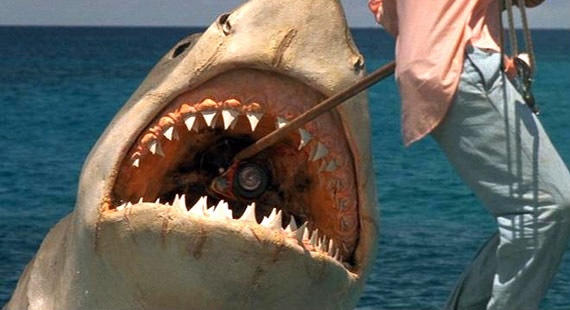
The shark attack on Sean and the giant leaps of imagination it asks the audience to take is really the point at which the story goes from just being quite bad to being utterly insane. Ellen is convinced that the attack wasn’t an accident and was a calculated attempt to gain revenge on the Brody family as it turns out she also blames her husbands fatal heart attack on the stress and fear caused by the previous shark attacks he was involved in (remember that all those sharks were killed so this is a different shark entirely who apparently knows all about those events and her families connection with them). Her other son Mike returns from the Bahamas where he is working as a marine biologist for the funeral and quite understandably suggests that her theory is absolutely mental. Of course the film goes on to show that she was absolutely correct, which takes us back to the death of Sean and the ludicrousness of what it suggests. Ignoring for a second the likelihood of a shark being able to specifically pinpoint members of one family in order to exact revenge there are many other questions asked by this initial attack. Sean heads out onto the water to try and remove a log that has become entangled in a marker buoy. Now it is I suppose possible that this is just a coincidence and the shark was there just waiting for its opportunity to pounce on the nearest Brody, but the film definitely suggests that the shark has set a trap to lure out its prey. Now that would be quite hard to believe if all it consisted of was sticking a log on a buoy, but stretches credulity far beyond breaking point given the other elements that have to fall into place to get Sean out there. When the call handler informs him of the need for somebody to go out and clear the buoy he understandably asks what the coastguard are doing. It turns out they have been called out on an unspecified emergency so are unavailable. Sean then asks why his colleagues who are actually supposed to be on duty and not Christmas shopping like he is can’t go only to be told that they are at a local farm investigating a problem with cow tipping. Now this is either another almighty coincidence or the filmmakers really missed a trick by not including a scene of the shark making a fake phone call to the coastguards (ideally with phony french accent) and then making its way to a farm and casually tipping over some cows in order to ensure it would have to be Sean who headed out to sea.
Sadly instead of this opportunity for comedy gold we get lots of scenes of Ellen standing on her own staring out to sea in grief. Mike manages with some help and support from his wife and daughter to persuade her to come back to the Bahamas with them. Ellen in turn pleads with Mike to quit his job and find something that won’t require him to spend the majority of his time in the sea. He understandably refuses as he isn’t prepared to sacrifice his career based on the ravings of a mad woman (Ellen Brody is very much the Quincy of the film as nobody will ever listen to her theories) and quite rightly points out that great white sharks can’t survive in the warm water he swims in so it would be absolutely impossible for it to come anywhere near him. It’s a very sound and logical argument, but of course logic and Jaws: The Revenge have absolutely no connection and somehow the shark manages to make its way to the Bahamas in just three days. There really aren’t that many films that actively point out the impossibility of its story within the dialogue only to then totally ignore that fact in the next couple of scenes. Sure enough having somehow worked out that they were all heading to the Bahamas, presumably from an intricate spy network the shark has working on land for him, he then finds Mike and attacks the boat he is working on. Incredibly Mike doesn’t lose his mind at the realisation that his mum’s insane theories are correct and instead needs very little persuasion from his colleague Jake to try and study the shark instead.
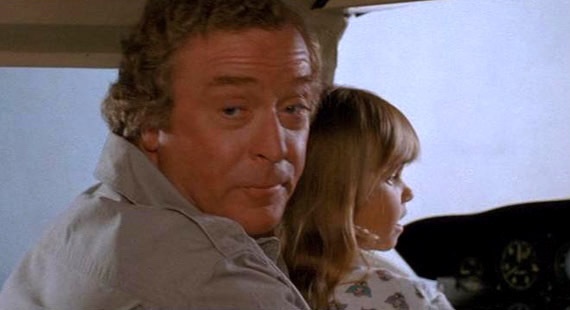
The reemergence of the shark along with his fairly regular attempts to eat Mike do eventually start to cause him a bit of stress as he starts to have nightmares and struggles to keep the secret from his family. From this point on Mike really only exhibits two emotions, which are either terrified or horny and occasionally both at the same time. Fortunately this dovetails quite nicely with his wife who was either angry or horny even before she knew anything about the shark. There really is a remarkable amount of either sex or talking about sex in the movie for no apparent reason at all. The lust in the air eventually reaches Ellen who falls for Caine’s pilot Hoagie and as a consequence immediately drops her mad theory about a vengeful shark. It’s possible she connects to Hoagie due to the fact that he clearly has some mental issues of his own as exhibited by his entirely reckless behaviour as a pilot. While delivering Mike and the family to the island he has no worries about putting the young Thea Brody on his lap and allowing her to have a go on the controls before ducking and diving the plane endangering the lives of everybody on board. Fortunately everybody thinks this is hilarious rather than downright irresponsible and he soon begins a romance with Ellen that everybody approves of except for Mike who is more bothered about his mum’s new boyfriend than you might expect a man who is being hunted by a super intelligent shark might be.
Unfortunately Ellen’s newly found serenity is shattered as the public gather for the reveal of a piece of artwork commissioned from Mike’s wife Carla (I don’t think I’ve mentioned that she is an artist, but she is and based on what she creates here not a very good one either, but this perhaps isn’t surprising as the only time we see her attempt to work she instead shouts at Mike a bit and then has sex with him in her workshop, which if nothing else is bang in character). While everybody has there attention diverted the shark reappears and Ellen somehow manages to spot it despite it not being clear and her being miles away. Not only that but it is heading for little Thea who is riding a banana with some friends and proving once again the sharks innate ability to sniff out a Brody, even one who definitely wasn’t born when all the events it is supposedly gaining revenge for took place. Fortunately for Thea the sharks aim isn’t quite as good this time and a different random girl is chewed up and spat out instead allowing her to get to the safety of the beach although she is understandably a bit shaken up by the whole thing. The attack on Thea is a good point to mention how remarkably bad the film is at making you care about any of the characters. With the exception of Hoagie who at least has Caine’s charisma going for him when it comes down to a battle between any of the cast of characters and the shark I am firmly on team shark and when that is even the case with the families small child then you know the film has problems.
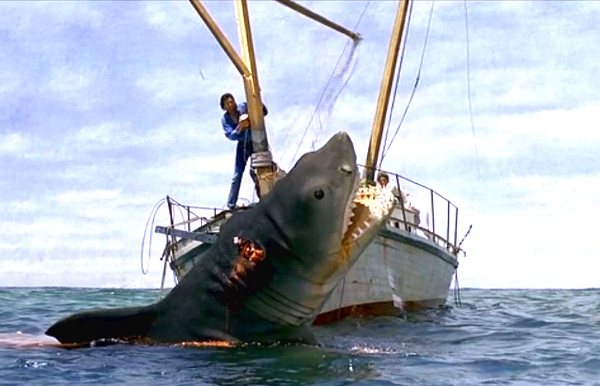
Mike hears about the attack and races home to check on Thea where he reveals he knew about the shark and everybody justifiably tells him what an arse he has been. Carla is particularly furious and so is presumably just about to wrestle him to the floor and have sex with him again, but before she gets a chance he races off to try and find his mum. Ellen is missing and has taken a boat to try and find the shark. Mike and Jake set off after her and fortunately bump into Hoagie who flies them to the boat, which they reach just as the shark appears. Ellen then enacts her great plan which is…to stand on the boat and look at the shark. It turns out that this may not have been the shrewd tactical masterclass she had imagined and the shark quickly gains the upper hand. She also gives Mike a massive telling off for turning up and putting himself in danger, which is somewhat hypocritical given how ludicrous her behaviour has been. Jake on the other hand has an actual plan, but sadly while putting it into practise he gets eaten by the shark, which is somewhat careless particularly given his plan only half works. That forces Ellen back into action as she drives the boat directly at the shark stabbing it in the head upon which the shark immediately blows up for reasons not fully or even remotely clear. The happy ending is complete as it turns out Jake somehow wasn’t fully eaten by the shark and is actually in pretty good health all considered. The film ends with Ellen flying back home to Amity rather than selling up and getting a flat somewhere landlocked, which would seem like an altogether more sensible plan, but given that Hoagie is flying her home it is entirely possible she was killed in a massive fireball on the way home anyway as he passed over the controls to anybody who just fancied a go on a plane.
So there we have one of the silliest plots ever showcased on the big screen in it’s full glory. It is so far removed from the tense thrills of the original instalment in the franchise that were it not for the fact the film constantly makes an effort to remind you of it you wouldn’t believe there could be any connection. Indeed that’s a problem as The Revenge doesn’t come out well from any comparisons and yet it is determined to leave you in no doubt about its lineage. From the moment that Sean walks into the Amity Police Department and is greeted by a massive wall-filling photo of Roy Scheider as his father we never really get two minutes without it being alluded to. The scene in the film that could most easily be mistaken for being charming sees Thea mimicking the movement of her Dad at the dinner table, which would be lovely if it wasn’t a total lift from the first film of Brody with his son. Paying homage to what has come before is all very well and good, but it doesn’t really work when all it does is remind you how much you wish you were watching that film instead. Which brings us onto the bigger problems of the flashbacks. Scheider was offered the opportunity to reprise his role for the film and in a moment of unquestionable judgement turned the offer down. That clearly didn’t deter the filmmakers from wanting him involved so the film is peppered with flashbacks to him in the first two films seen through the eyes of Ellen. Again this isn’t necessarily a terrible idea, but comes to a ridiculous point in the final battle scene on the boat where Ellen has flashbacks to events in the first two films that she wasn’t present at meaning she is either psychic or has bought the DVDs. It is most likely the first option and she does have some sort of hidden psychic powers as she also has some sort of link with the shark that allows her to sense when it makes it’s first attack on Mike. It won’t come as a surprise to learn that this is never explained or explored further.
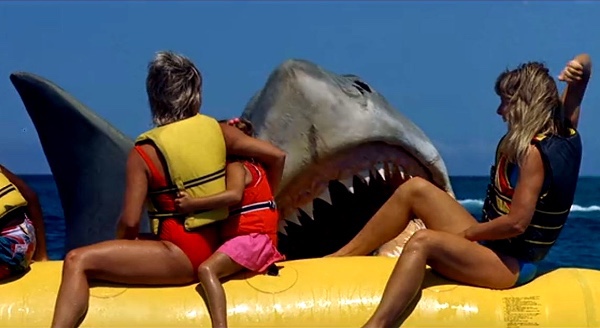
In addition to missing Scheider I think it is also fair to say that director Jospeh Sargent doesn’t quite reach the heights Steven Spielberg manages in the first film. Where as Spielberg was able to build the tension to a crescendo Sargent never really manages to get the tension even started. The original Jaws did an incredible job of creating a genuine threat without needing to see too much of the shark and instead relying on atmosphere, brilliant camera work and a genius piece of scoring from John Williams. The Revenge puts the shark front and centre of the action far too often and is significantly less impressive as a result. There are times when it looks fine, but there are plenty of others where it looks like what it is, a big hunk of rubber with some teeth in. Add to that the fact that for some unknown reason it famously roars like a lion and it becomes understandable that ‘Bruce the Shark’ became the first inanimate object to be nominated for the worst actor at the Razzies.
Given everything we have talked about it is perhaps not particularly surprising that the cast are not overly impressive in their performances. Lorraine Gary as Ellen struggles, but then honestly how could she have done anything else given what the script asks of her. Similarly Lance Guest and Karen Young have so little character to work with in Mike and Carla that it’s difficult to be too critical of them. Mario Van Peebles as Jake has it perhaps even tougher as he has all the problems the other actors face, but with the addition of having to deliver everything in a generic Caribbean accent and with dialogue that feels very much like a white writers idea of what a West Indian sounds like. It all makes you even more grateful for those few moments when Caine appears on screen.
I think the first time I saw Jaws: The Revenge (for despite all its problems I have watched it on multiple occasions) may have been the first time I believed Caine had some sort of magical power. This is far from his best work and he can’t salvage the whole thing, but somehow he still manages to be highly entertaining. He makes Hoagie the one character with any sort of charm or charisma and that is entirely through his performance. It is the sheer force of Caine’s personality that achieves this because almost every line that Hoagie delivers is total garbage. We constantly get snippets of anecdotes or jokes, which result in howls of laughter from Ellen and others despite the fact they make almost no sense. That almost doesn’t matter though as there isn’t a single point in this film where Caine throwing his all into telling a terrible joke that doesn’t make sense while wearing a New Years party hat isn’t an entirely welcome distraction from the madness that surrounds it. As a consequence the romantic subplot between Hoagie and Ellen that so often feels unnecessarily tacked on to the main disaster movie plot is actually quite welcome given it brings more of Caine to the screen. Even Caine’s hair manages to be more entertaining than any thing or anybody around him as it reacts to a combination of the heat and getting wet by going all frizzy in a way that is more entertaining than you might imagine. Caine also has unquestionably the best moment of the film as his delivery of the line “aww shit” just as the shark bares down on him from out of nowhere is perfect and makes me laugh out loud every time. It is a moment the film could have learned from as Caine seems able to embrace the films silliness and makes you aware of what a shame it is that he actually has relatively little screen time. As always he makes an impression though and while it is a sign of a good actor to get the most out of strong material it is a sign of an even better actor who can do that and then also improve a script that is in the most part awful. Jaws: The Revenge is one of the best examples of the many times Caine achieves this.

I would love to be able to challenge received opinion about Jaws: The Revenge, but the truth is it really is one of the stupidest films ever made. What I will challenge however is the idea that it is the worst film of all time and that is where my earlier assertion that it is simultaneously as bad and not as bad as is suggested comes from. It is not only not the worst film ever made, but I’d argue not the worst film Caine made and not even the worst film in the Jaws franchise. Give me the choice of sitting down and watching it again right now or watching the frankly tedious Jaws 3D or The Jigsaw Man (as one Caine example) and I’d go for Ellen Brody’s psychic flashbacks every time. Rubbish it may be, but at times it is a slightly entertaining rubbish with a lot of that being down to Caine himself. All it needed was a scene of a shark tipping some cows over and it may even have made it to number two in my personal Jaws rankings.
